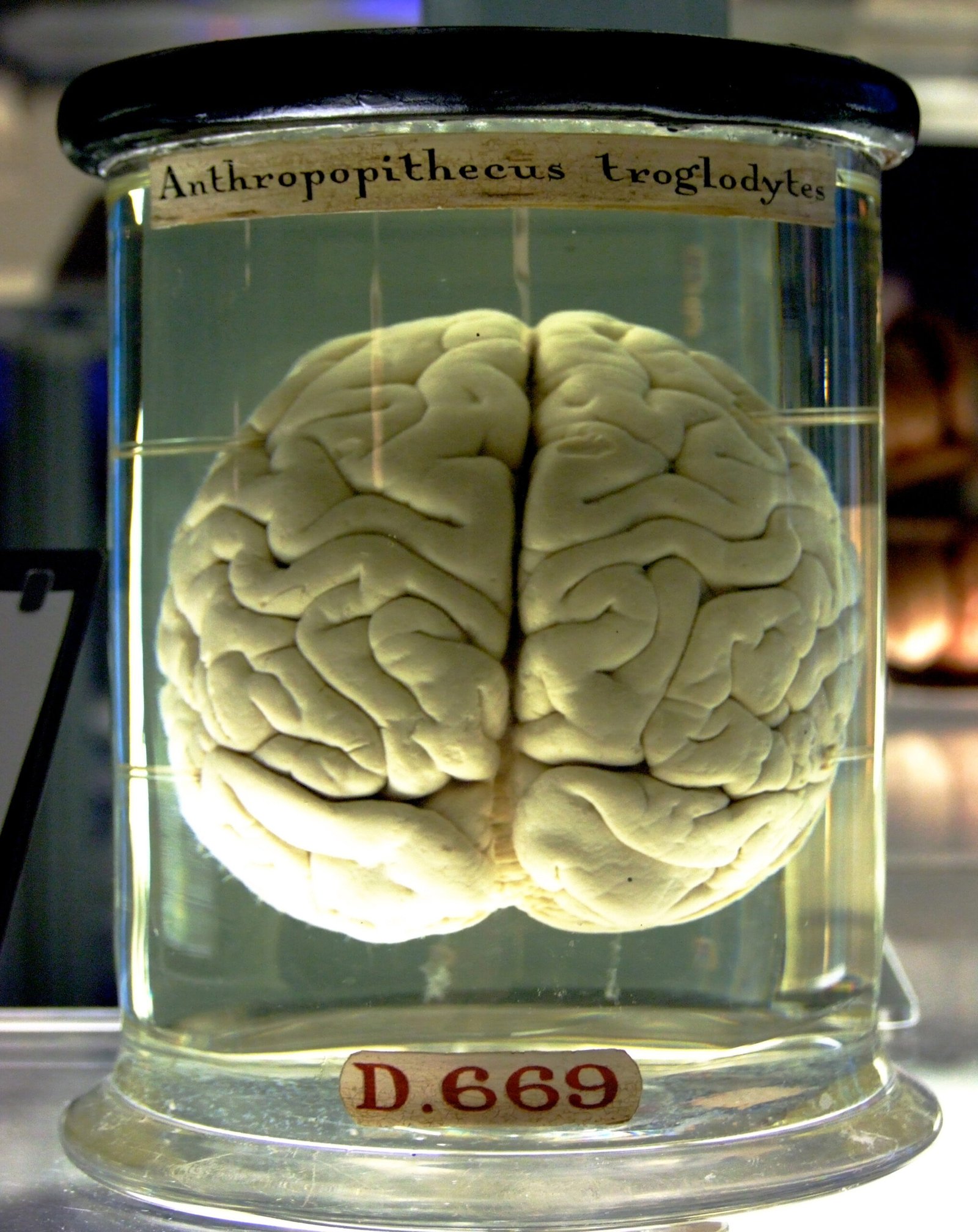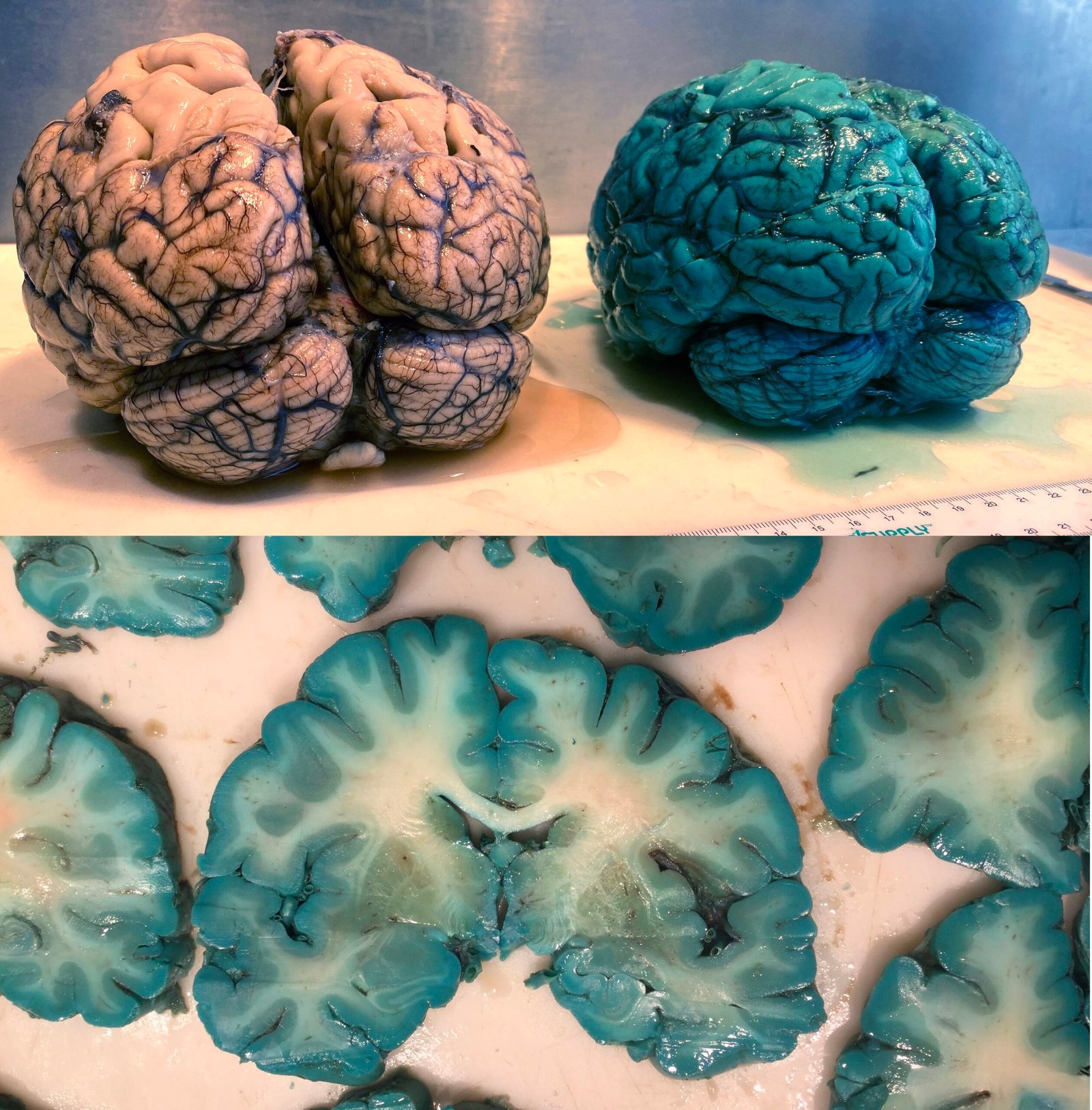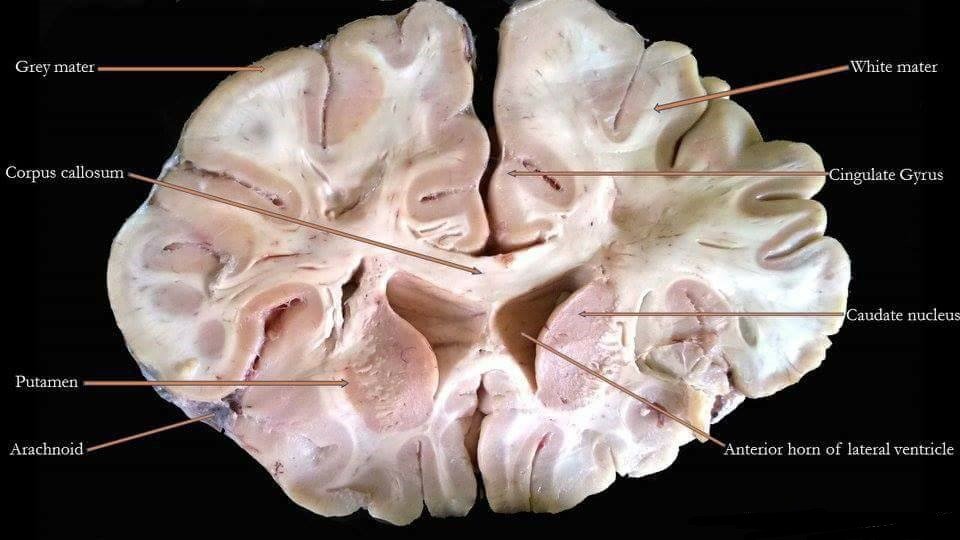In a groundbreaking scientific achievement, researchers have effectively revived a pig’s brain hours after its death. This extraordinary feat challenges long-held beliefs about the finality of brain death and opens new avenues for understanding and potentially treating various neurological conditions. Imagine a brain, silent and still for hours, suddenly showing signs of activity; it’s akin to reviving a faded star that unexpectedly flickers back to life. This experiment not only raises ethical questions but also holds promise for the future of medical science.
The Genesis of the Experiment

The idea behind reviving a pig’s brain post-mortem emerged from the curiosity to explore the boundaries of life and death. Scientists aimed to challenge the conventional understanding that brain death is irreversible. By experimenting on pigs, a species with a brain structure similar to humans, researchers hoped to glean insights that could be translated to human medicine. The initial goal was to ascertain whether cellular functions could be restored in a brain that had been inactive for hours, a concept previously thought impossible.
The Innovative BrainEx Technology

Central to this experiment was a new technology called BrainEx, a system designed to mimic the natural environment of the brain. BrainEx is essentially a perfusion system, circulating a specially formulated solution that provides oxygen and nutrients. This system was crucial in reviving the brain, as it helped restore some cellular functions without triggering full consciousness. The technology acted like a lifeline for the brain cells, providing them with an artificial environment conducive to activity, much like watering a parched plant to see it perk up.
Hours After Death: The Revival Process
The revival of the pig’s brain took place four hours after the animal’s death. Traditionally, brain cells begin to deteriorate shortly after death due to lack of oxygen. However, with the introduction of BrainEx, researchers successfully halted this process. The solution used in BrainEx prevented the usual cascade of cell death, allowing the brain to show signs of cellular function. Although the brain did not regain consciousness, its cells exhibited metabolic activity, a significant breakthrough in itself.
Understanding Brain Activity Without Consciousness
One of the most intriguing aspects of the experiment was the brain’s activity without consciousness. The revived brain showed electrical activity, akin to a dimly lit bulb, suggesting some level of cellular function. However, it did not display organized electrical patterns characteristic of consciousness. This distinction is crucial, as it implies that cellular activity can be restored independently of consciousness, offering potential for future medical applications without ethical concerns associated with reviving full awareness.
Implications for Neurological Research

This pioneering work has profound implications for neurological research. By demonstrating that cellular functions can be restored in a non-functioning brain, scientists have opened up new avenues for treating neurodegenerative diseases and brain injuries. The study suggests potential for developing treatments that could slow down or reverse cellular damage in conditions like Alzheimer’s or after strokes. It offers hope that one day, similar techniques might be used to preserve brain function in critical situations.
Ethical Considerations and Challenges

While the experiment is a scientific marvel, it also raises significant ethical questions. Reviving a brain without restoring consciousness skirts the boundaries of life and death, prompting debates on the moral implications. There are concerns about the potential misuse of such technology and the ethical treatment of animals in research. Addressing these challenges is crucial as scientists navigate the complex intersection of innovation and ethics, ensuring that future advances are made responsibly.
The Role of Pigs in Medical Research
Pigs have long been valued in medical research due to their physiological similarities to humans. Their organs are comparable in size and function, making them ideal models for testing new medical technologies. The use of pigs in this experiment underscores their importance in advancing human medicine. By studying pig brains, researchers can develop insights that may eventually translate into human applications, highlighting the interconnectedness of life and the shared quest for knowledge across species.
Potential for Human Applications

The potential human applications of this research are immense. Imagine being able to preserve brain function after traumatic injuries or during complex surgeries. The BrainEx technology could pave the way for new medical protocols that protect the brain from irreversible damage. While human trials are still a distant reality, the experiment lays the groundwork for future innovations that could redefine critical care and neurological treatments, offering hope to millions affected by brain-related conditions.
Revolutionizing Our Understanding of Death

This experiment challenges the very definition of death, particularly brain death. Traditionally considered a point of no return, brain death may now be viewed as a more nuanced state. The ability to restore cellular function post-mortem suggests that death is not as absolute as once thought, at least at the cellular level. This evolving understanding could have far-reaching implications for medicine, ethics, and our perception of life itself, prompting a reevaluation of what it means to be alive.
A Future of Possibilities and Responsibilities

The revival of a pig’s brain hours after death represents both a leap forward in science and a call to responsibility. As researchers continue to explore the boundaries of life and death, they must do so with caution and ethical integrity. The potential benefits of this research are vast, but they come with the responsibility to use such knowledge wisely. As we stand on the brink of potentially redefining life, the future holds both exciting possibilities and profound responsibilities, requiring a careful balance of innovation and ethics.



